My “Hamburger Hill” War Trophy
February 27th, 2024
7 minute read
I am simply fascinated by guns. So are you. Were that not the case we wouldn’t both be chilling here at The Armory Life. Why? Because we appreciate the unique role of firearms in the history of the human species.

For me at least, little is cooler than a genuine veteran bring-back weapon. You can read about military history or even have the privilege of meeting somebody who was there, yet actually holding a gun that was used in battle provides a tangible connection to such remarkable times. So, it was with this beaten and battered Chicom SKS rifle.
Origin Story
The SKS rifle was designed in 1943 by Sergei Gavrilovich Simonov. SKS stands for Samozaryadny Karabin sistemy Simonova. It was officially accepted for service in 1949, the same year as was the ubiquitous AK-47. That the Soviets chose to develop and field two dissimilar rifles simultaneously is itself fascinating. It seems as though they often set gun designers loose on parallel tracks just to make sure they had adequate iron when they needed it.
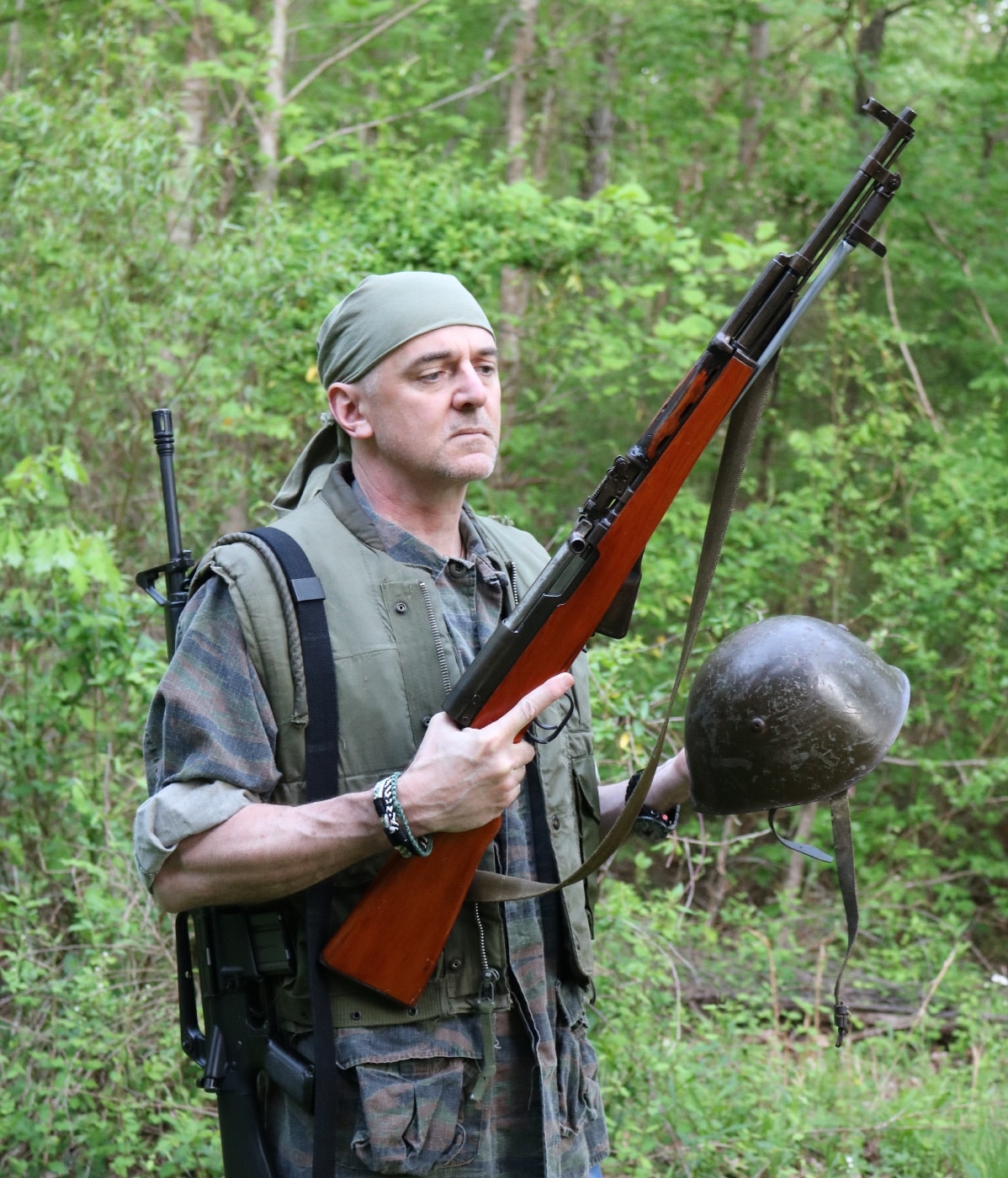
By any reasonable metric, the AK-47 was the better rifle. However, by the standards of the day, the SKS was nonetheless still superb. Firing the revolutionary M43 7.62x39mm intermediate round from top-loaded 10-shot stripper clips, the SKS hit hard at reasonable ranges and was fast in action. The Soviets produced some 2.7 million copies. Variations were also manufactured in places like China, Yugoslavia, Romania, Albania, North Vietnam, North Korea and East Germany. More than 15 million SKS rifles were produced in total.
The SKS is a short-stroke gas-operated semi-automatic rifle that locks via a tilting bolt. The integral 10-round box magazine pivots open from the bottom for maintenance, but is not readily removable. The bolt locks to the rear automatically on the last round fired. To load the weapon the operator opens the bolt, sets a 10-round stripper clip into the stripper clip guide on the top of the weapon and presses the rounds into the magazine.
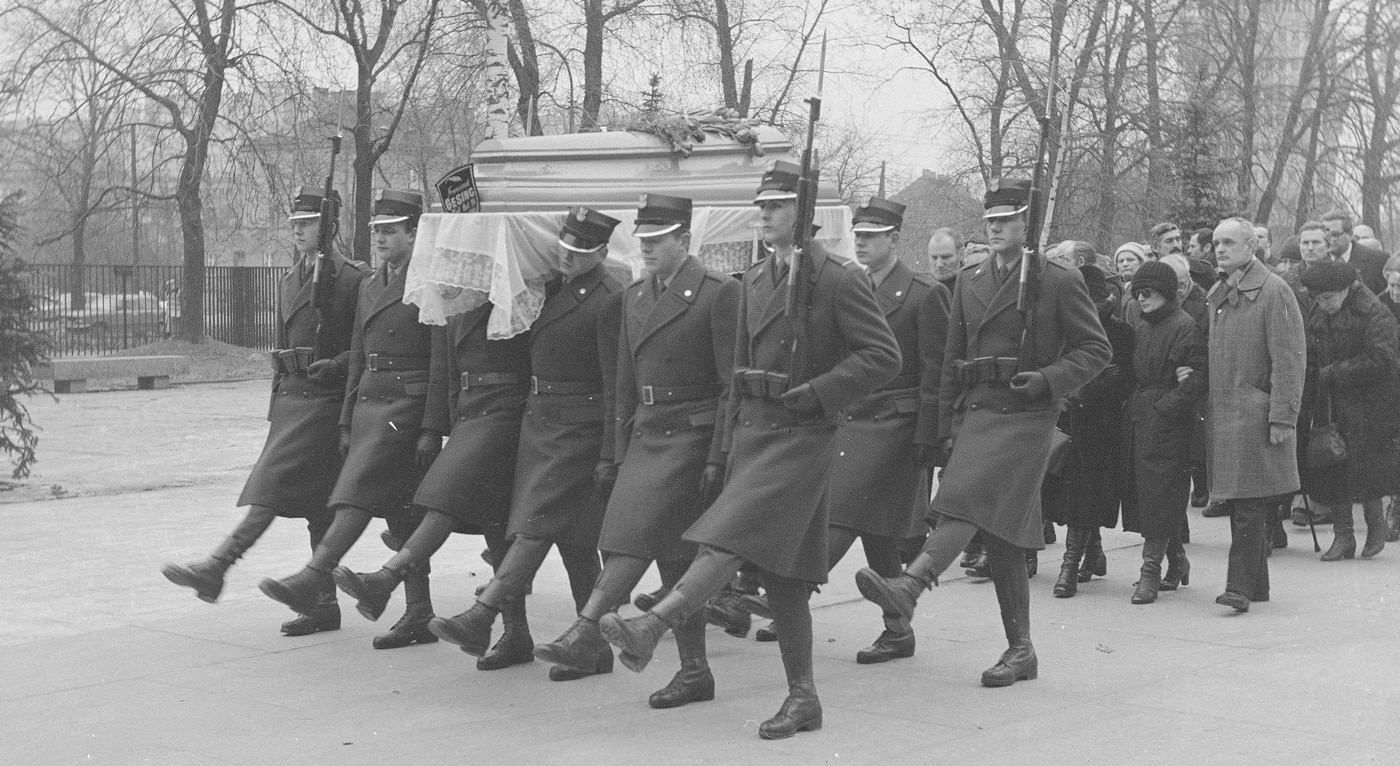
The safety is a pivoting lever on the right side just behind the trigger. Forward is safe. Back is fire. It’s easy to manipulate the safety with your trigger finger. The charging handle is an integral part of the bolt carrier and cycles with the action.
Drilling Down
This particular SKS was built in the Chinese Jianshe Arsenal in 1966. That makes it the same age as I am. The Chinese began production of the SKS in 1956 and referred to the gun as the Type 56 as a result. Curiously, the Chicom AK-47 is also referred to as the Type 56. To makes things even more confusing, the Chinese called their version of the RPD light machine gun the Type 56 as well. Apparently, 1956 was a pretty big year in Chinese gun making.
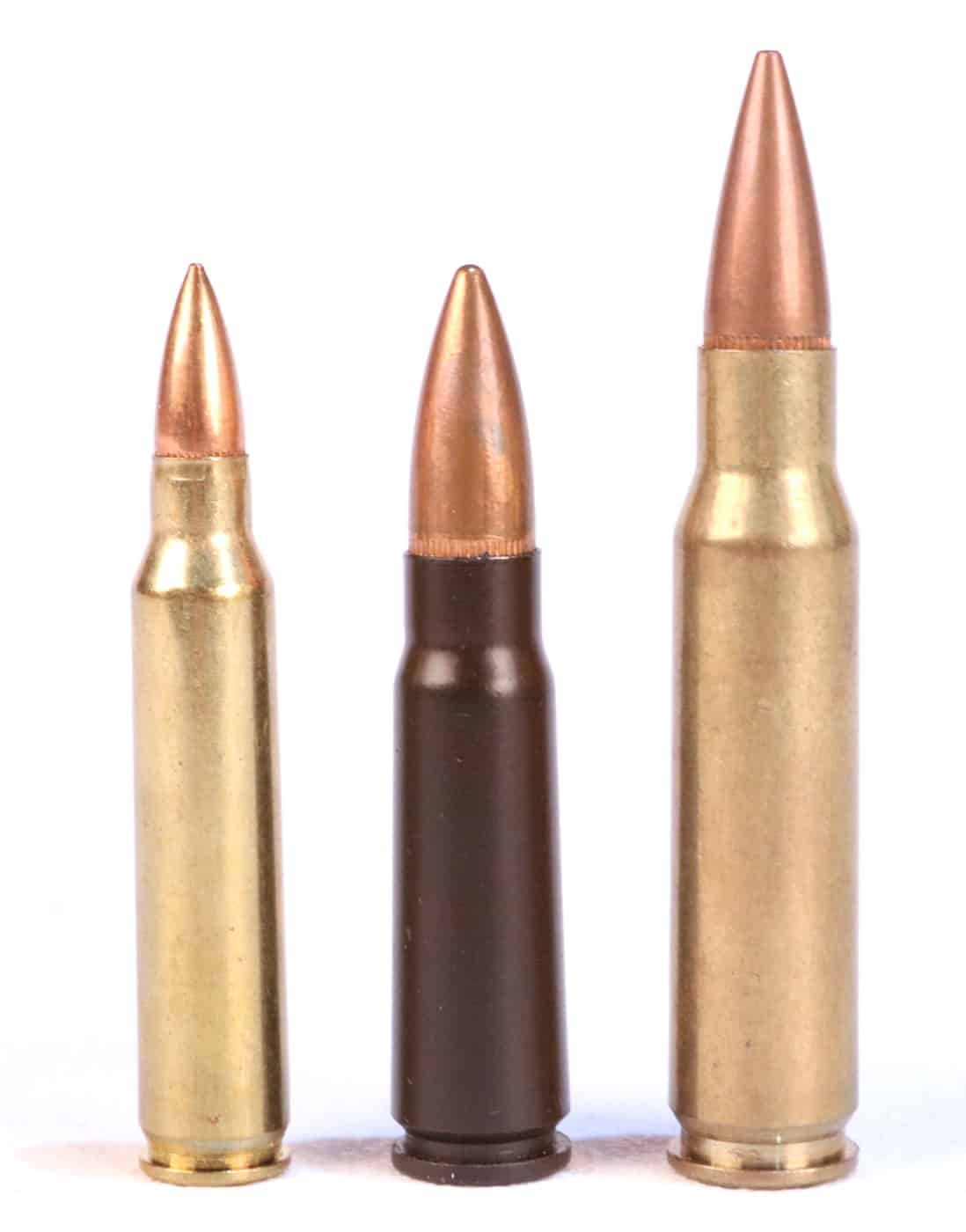
The design of the Chicom Type 56 SKS evolved substantially between 1956 and the present. Sometimes two examples built in the same factory exhibited significant mechanical differences. Variations in safety levers, sundry nitnoids about the stocks and more help keep SKS true believers occupied and out of trouble. Most military examples featured stocks cut from a dark wood, while the civilian counterparts were built around stocks made from a blonde material called Qiu wood.
Chicom Type 56 rifles with serial numbers less than 9 million typically sported the Soviet-style folding blade bayonet. Most guns above that serial number cutoff were fitted with the spike-style cruciform bayonet. Both worked just fine for their intended purposes.
The buttstock on the SKS is a bit short for most Americans, However, the gun remains nonetheless comfortable and fun on the range. Recoil is soft, and the trigger rates a solid “decent.” The sights are optimistically graduated out to 1,000 meters.
Serendipity
In May of 1969, a friend of a friend named Mike was assigned to the 101st Airborne deployed to Vietnam. The VC and NVA soldiers they faced called the sky troopers “Chicken Men” after the Screaming Eagle unit patches on their uniforms and were rightly wary of them.
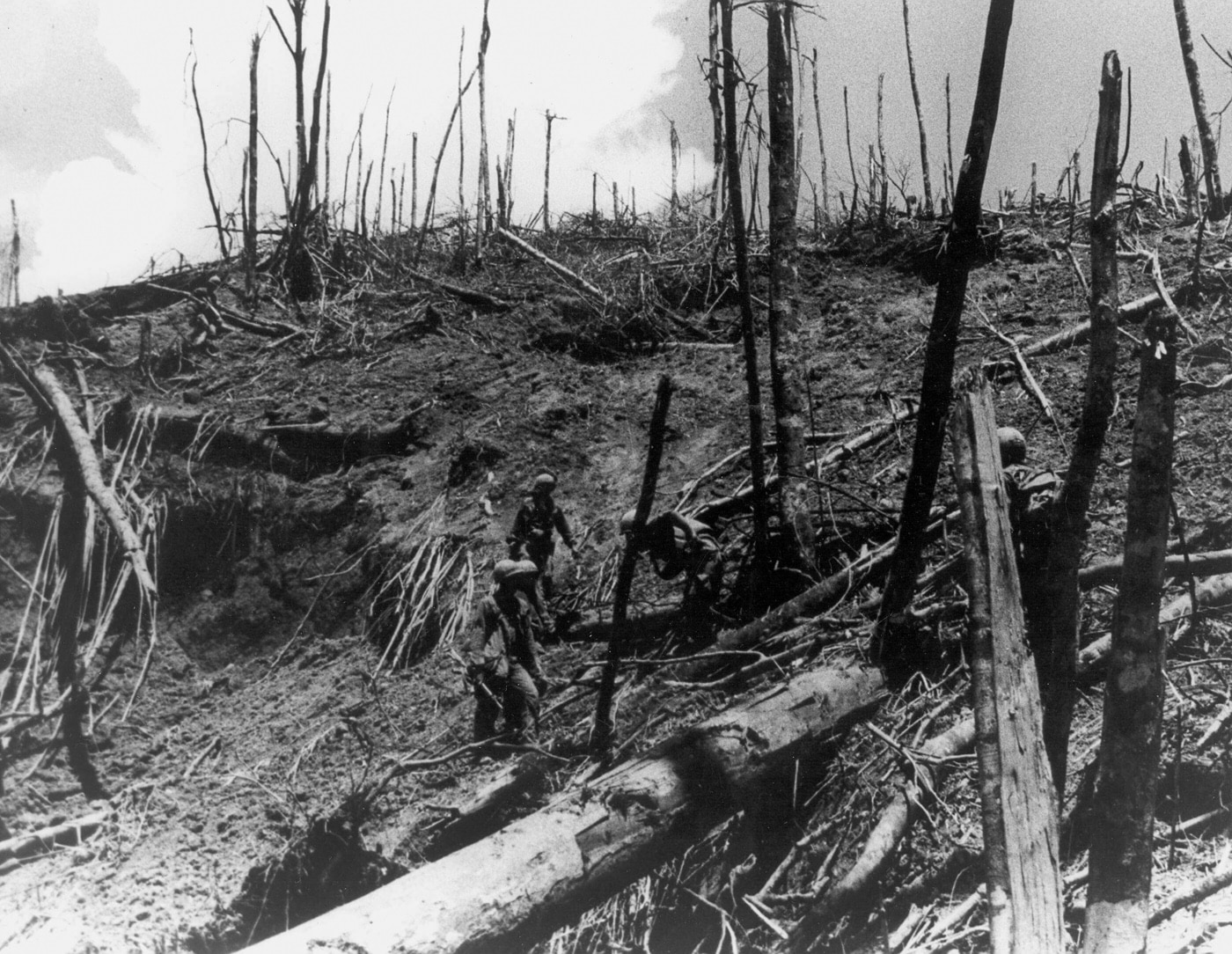
On this fateful day, Mike and his buddies stood poised to assault a particularly desolate terrain feature called Hill 937 in the A Shau Valley. When the smoke cleared, the troops who seized this godforsaken place would come to call it Hamburger Hill.
The overarching designation was Operation Apache Snow. Apache Snow saw 10 Allied Infantry battalions push into the A Shau Valley in Vietnam’s Thura Thien-Hue Province west of the city of Hue. The force package included elements of the ARVN 1st Division and the 9th Marine Regiment as well as the 187th, 501st, and 506th Infantry Regiments of the 101st Airborne Division.
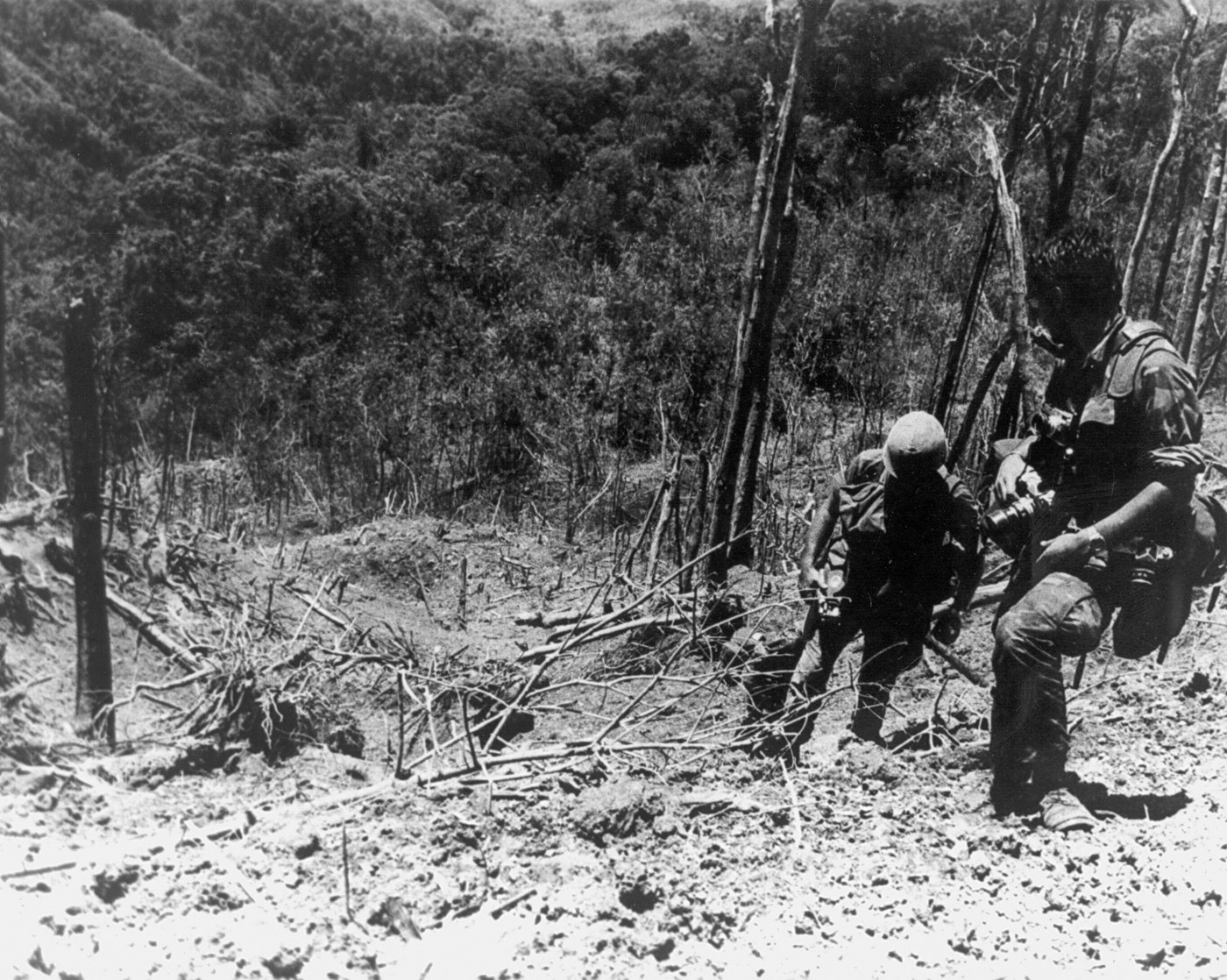
Over the next roughly four weeks, American forces suffered 113 killed. The ARVN 1st Division lost a further 31. U.S. forces recovered the bodies of 977 NVA regulars and took five prisoners.
Over a 10-day period, Mike and his buddies with the 3rd Battalion of the 187th Infantry Regiment made 11 assaults up Hill 937, often contending with enemy forces at miserably close range. While assaulting up Hamburger Hill, Mike killed the owner of this particular SKS rifle and then took the weapon as a souvenir, shipping it home to his family.
U.S. forces captured the blood-soaked hill at great cost, but almost immediately packed up and went home. In this bizarre war, the objective was often seemingly more about stacking bodies than seizing terrain. Mike survived the war, but Vietnam nonetheless ended up killing him.
A Legacy
Upon his return from the war, Mike got married and joined the Michigan Army National Guard. However, in short order, his marriage went south, and Mike got sick. After his divorce, Mike needed cash so he sold his bringback SKS rifle to a buddy in his Guard unit for $200. The mutual friend who bought the gun said he could have it back for the purchase price any time he wanted it.
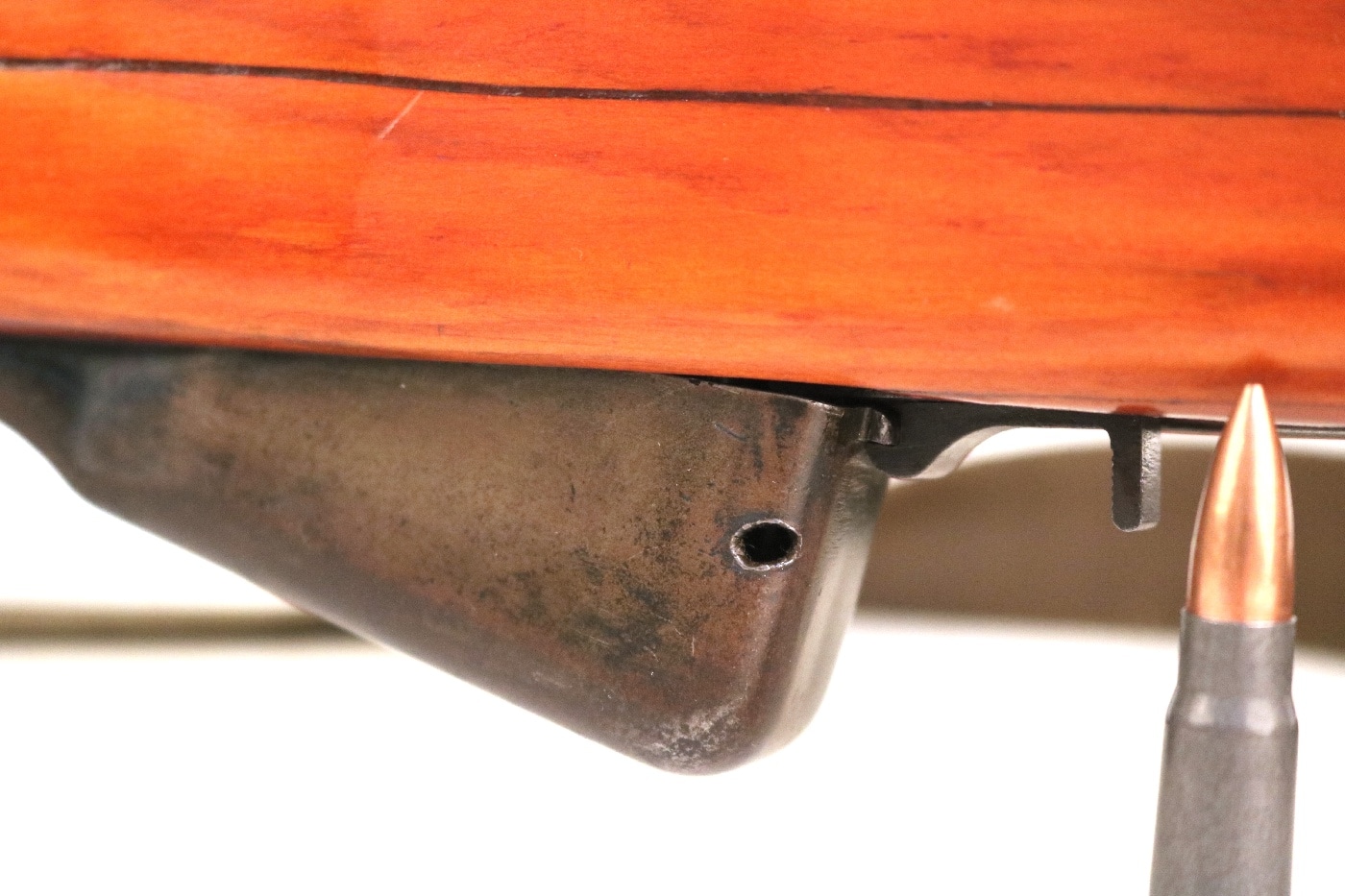
In 1991, Mike succumbed to the long-term effects of Agent Orange exposure. He was only 41 years old. Mike was one of as many as 300,000 American vets who have thus far had their lives cut short by this vile stuff.
Mike’s friend had no one in his immediate family who would really appreciate this extraordinary rifle and the amazing story that came with it, so he reached out to me. I was over the moon to be granted custodianship of such a profoundly significant artifact. Part of the agreement was that I would also tell Mike’s story.
Combat Particulars
The buttstock on this particular weapon appears to be a locally made replacement for the factory original. The fit is decent but not great, and the buttstock trap for the cleaning kit was never bored out. The wood is heavily varnished but fairly soft.
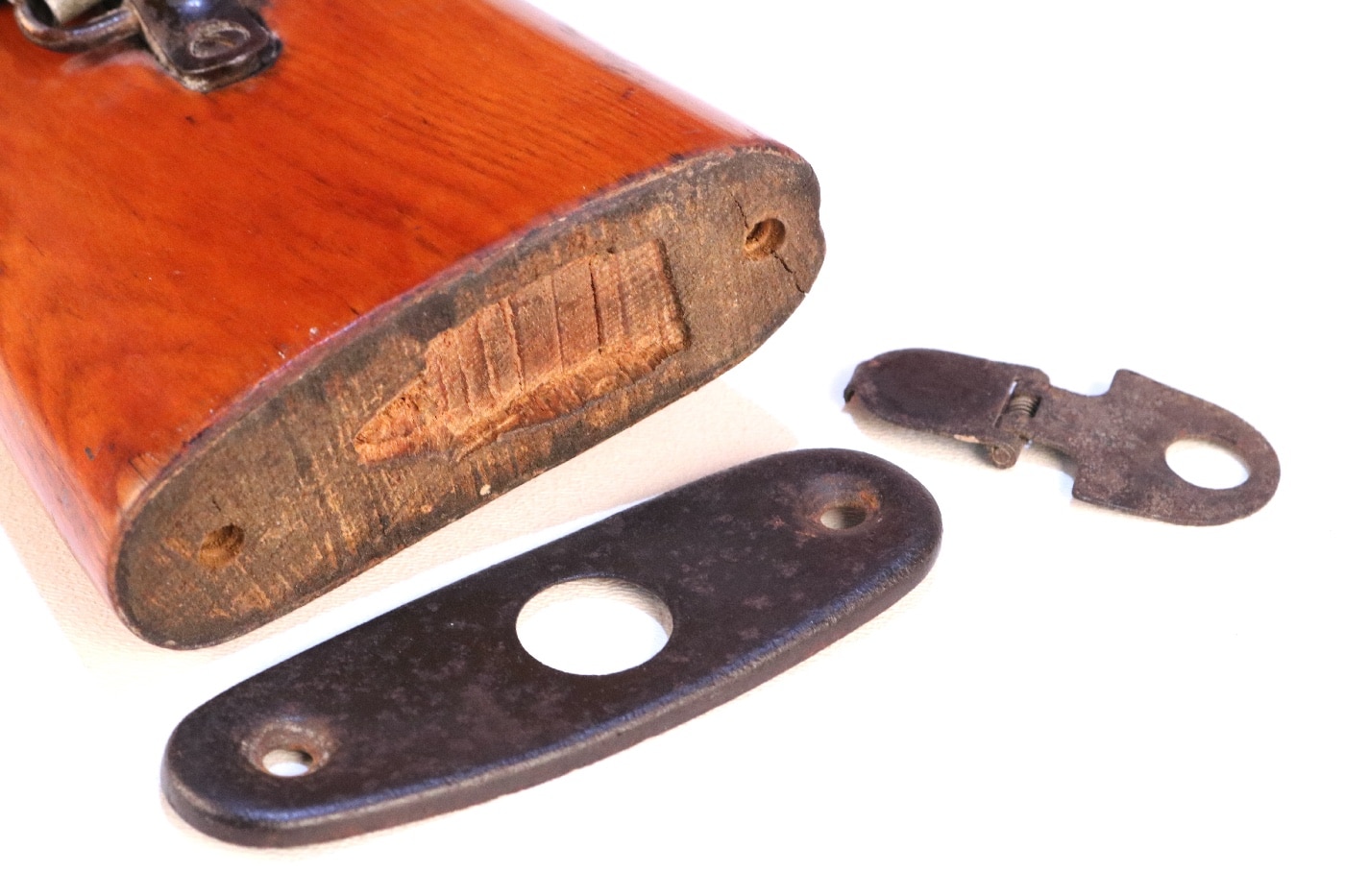
There is a hole from a grenade fragment in the side of the box magazine, and part of the stock was shattered. The upper hand guard was literally burnt to a crisp. There is just no telling how many rounds it took to do that. Despite this damage, the weapon remains fully functional, a very real testament to the resilience of the design.
Ruminations
A desperate young man died clutching this beat-up old rifle on the side of Hamburger Hill in the A Shau Valley in Vietnam. Another young man retrieved this weapon and then brought it home as a memento of the most remarkable time in his life. This weapon was run so hard in combat as to burn up the handguard. Now more than half a century later, this priceless artifact sits across my lap as I type these words, a mute testimony to a most extraordinary time.
Editor’s Note: Be sure to check out The Armory Life Forum, where you can comment about our daily articles, as well as just talk guns and gear. Click the “Go To Forum Thread” link below to jump in!
Join the Discussion
Continue Reading
Did you enjoy this article?

 1001
1001






